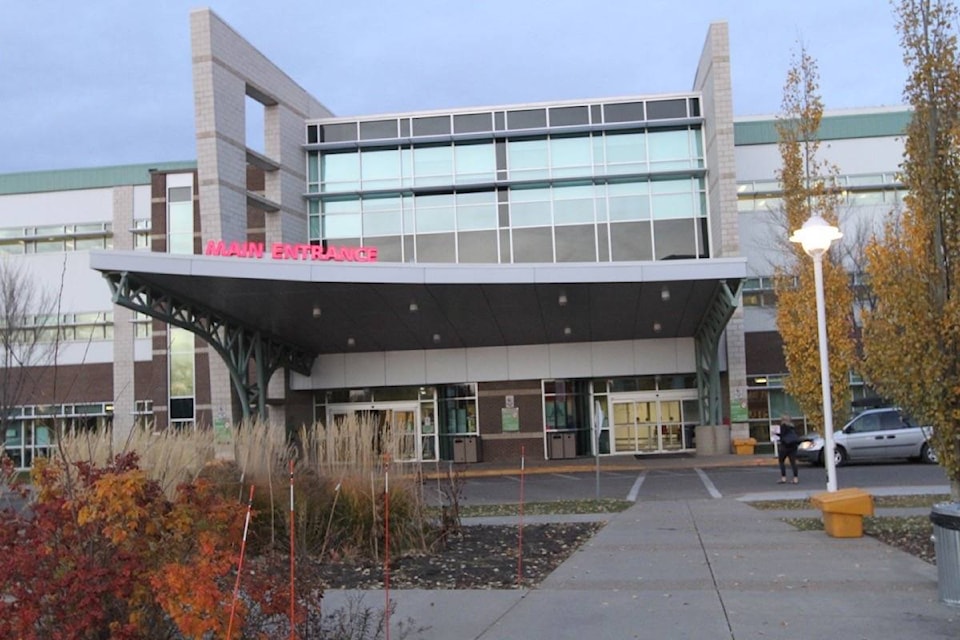Hospitals across Canada are ignoring bed shortages that are causing unacceptable wait times for patients in emergency departments, says the Canadian Association of Emergency Physicians.
Alan Drummond, co-chair of public affairs with the association, said when a sign in emergency indicates a possible eight-hour wait to see a doctor, as people saw for a period of time last week at Red Deer Regional Hospital Centre, the public must hold their health systems accountable.
In B.C., emergency rooms have been the focus of plenty of criticism, specifically in the Lower Mainland.
STATE OF EMERGENCY: Hospital congestion a structural issue, ER doctors say
“For far too often in any jurisdiction in Canada, governments and regional health authorities have been saying that the reason they’ve got crowding is that people are overusing the department or they are using it inappropriately. None of that is true. The science is very clear. It all comes down to bed capacity,” Drummond said Thursday.
Drummond said overcrowding in emergency is not due to the volume of patients, but the inability to transfer admitted emergency patients to beds elsewhere in the hospital.
READ MORE: More treatment beds on way following first year of overdose crisis
He said the backlog started in the mid-1990s when Canadian hospitals closed beds to cut costs and created about a 30 per cent reduction in bed capacity that continues today.
“We have this massive shortage of beds at a time when the population is getting older and, in some cases, sicker. They live longer and have more chronic illness.”
He said the backlog is compounded by the problem that about 15 to 20 per cent of beds are occupied by elderly patients whose medical treatment has been managed but they can’t go home due to a lack of support in their home, or can’t access a long-term care bed.
Drummond said some provinces have had more success addressing hospital capacity. Ontario, for example, just announced it is opening 2,000 more beds in advance of the flu season. But Alberta has struggled with crowding for quite a while. Red Deer hospital, for example, may have overcapacity protocols to send patients back home quicker, and will convert spaces like hospital lounges into areas for patients, but those protocols are mitigating strategies.
“They are not solutions.”
When hospital occupancy rates are at 90 to 95 per cent, bed shortages are a given, he said.
“The only way to address crowding ultimately is to improve bed access. No government wants to talk about that because increasing bed capacity means increasing dollars they don’t have. It’s about $400,000 to open up a bed for the year.”
Instead, health officials continue with the “charade of blaming and shaming the patients for showing up in emerge in the first place,” he said.
“What they really need to focus their attention on is accepting the fact that our population is getting older, they’re not necessarily getting any healthier, and to meet those needs we’re going to have to ultimately increase hospital bed capacity like it or not.”
Drummond also worries that wait time signs in emergency departments may discourage people from staying to get life-saving treatment they need.
“There have been many, many cases, anecdotally, across Canada of people that have come to emergency and are told by a helpful volunteer or a helpful triage nurse that the wait was going to be prolonged, and they go home and then they die.”
szielinski@reddeeradvocate.com
Like us on Facebook and follow us on Twitter



